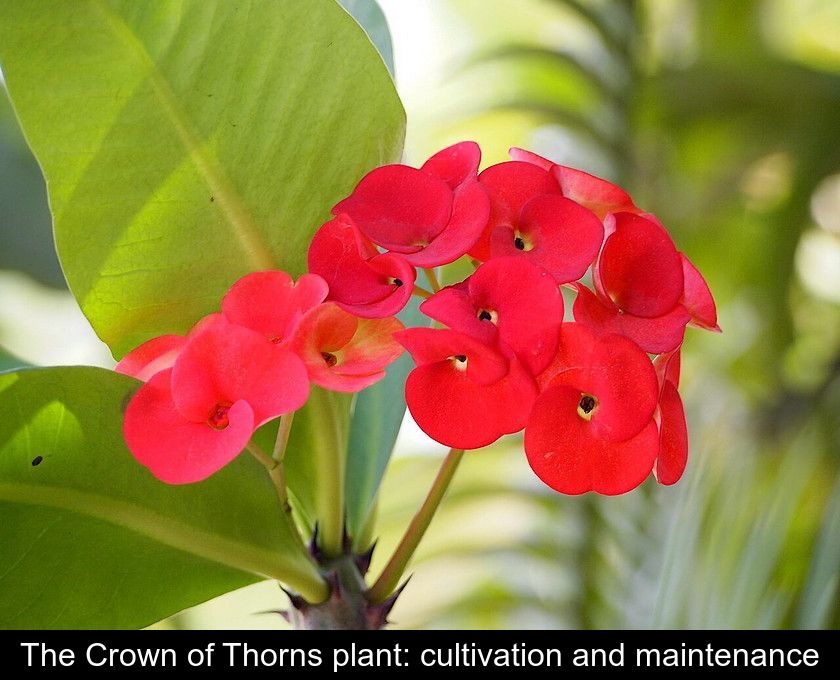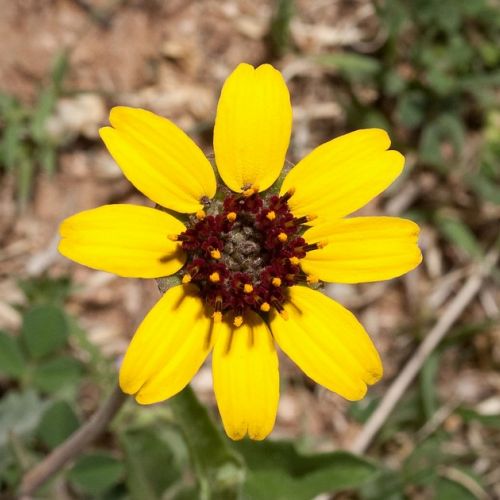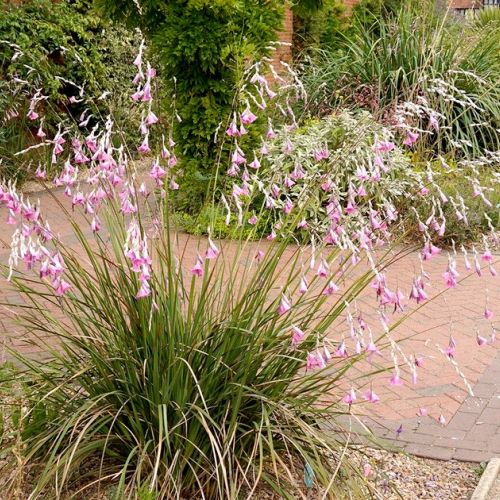The Crown Of Thorns Plant: Cultivation And Maintenance
The Euphorbia milii, better known as the Crown of Thorns or Christ Plant, is an indoor plant with delicate colorful flowers. There are varieties in red, orange, yellow, or pastel pink. Here are 5 care tips to take care of this beautiful perennial plant.
1- Choose the right pot.
If you want to repot your Christ's Thorn after purchase, you must ensure to choose a pot with the appropriate shape. Always use a container with one or more drainage holes at the bottom of the pot so that watering can drain out.
This plant is quite resilient, but it can rot due to excess moisture. Overwatering results in changes in the leaves, which become soft, yellow, and fall off.
When repotting, choose a slightly larger pot than the current container, but not too large or too deep. In fact, the Euphorbia milii or Christ's Crown has a shallow root system.
As this plant grows, it becomes necessary to repot it every two or three years approximately. Repotting is preferably done in March, using a mixture composed of 60% potting soil and 40% coarse sand. Also, consider adding gravel or clay pellets at the bottom of the pot for proper drainage.
2- Cultivate it sheltered from the cold.
The Christ's Thorn is a plant native to Madagascar, typically cultivated as an indoor plant in our latitudes.
This Malagasy euphorbia thrives well in our apartments as it requires temperate to warm temperatures. Just find it a bright location, away from direct sunlight.
In autumn, this plant enters a period of rest after flowering. It can tolerate cool temperatures up to 15°C, but not cold weather.
3- Adapt the watering to the season
The Crown of Thorns blooms from March to October. During this period, it needs to be watered regularly but not excessively. Always let the soil dry out one or two centimeters before watering it again.
Starting from October, Euphorbia milii enters its resting period which corresponds to the dry season in its natural habitat. During this winter period, it is important to space out the watering and to not give it any fertilizer.
Note: It is possible for your Crown of Thorns plant to lose some of its leaves in winter due to temperature changes and decreased brightness. If the leaves are not soft due to rotting, this seasonal phenomenon should not worry you.
4- Don't give him too much fertilizer.
The Crown of Thorns is an easy-to-grow plant that generally does not need fertilizer to thrive. In their natural habitat, plants in the Euphorbia family can grow in very poor soils, as long as they are well-drained.
Therefore, you should only add liquid fertilizer to the watering water if your Euphorbia milii shows symptoms of deficiency, such as yellowing of the lower leaves.
In this case, you can add half a dose of liquid fertilizer to the watering water, always during the growing season (from March to October) but not during the winter dormancy period.
5- Beware of its thorns and toxicity.
The Euphorbia milii is an aesthetic and easy-to-maintain indoor plant. However, it has the disadvantage of being toxic and equipped with thorns that can cause injuries.
It well deserves its nickname of "Christ's thorn" or "crown of thorns" because it has numerous sharp thorns on its stems that can exceed 3 cm in length! The brown, fleshy, and highly branched stems can twist and tangle, further enhancing the plant's spiky appearance.
It is also important to know that all parts of this plant are toxic. Its white sap is both toxic and irritant.
That is why it is necessary to always wear gloves when pruning this plant, whether to limit its growth or for propagation purposes, such as through stem cuttings. Stem cuttings should be done in spring.





